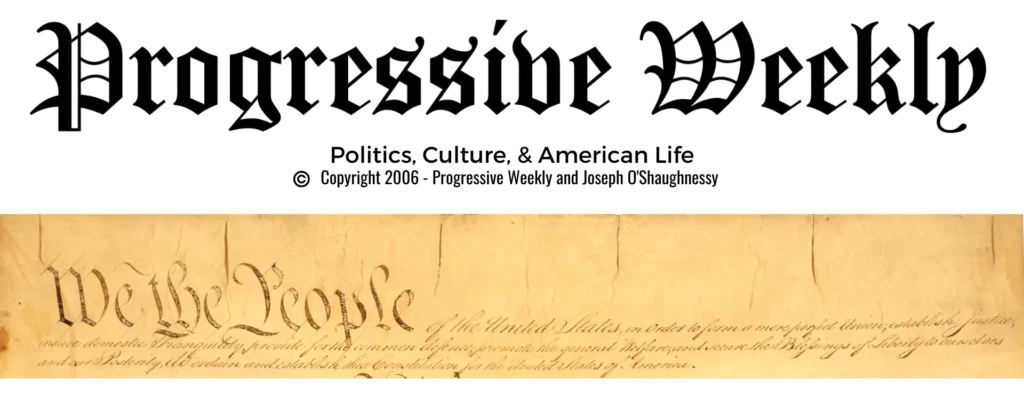No one is talking about less stimulus. Not with jobs still tanking at the rate of about 450,000 a month and an almost certain 10% unemployment rate staring us in the face within a few months. On the other hand, many economists and prominent business sages, like Warren Buffett are saying that we may want to add to the current stimulus. And the question may not be “how high is up” but rather “which ingredients go into the mix.”
For example, we know that certain things have not worked terribly well in the past. President Bush tried a tax rebate that did not work. Tax breaks don’t work either. Creating and saving jobs is the obvious choice and the Obama administration is doing both. It looks as if about $293 billion of the $787 billion has been allocated as of about July 1st. A lot of new construction is underway, some government projects like retrofitting government buildings and starting clean water and sewage projects, highway projects and so on. But people are still concerned that the economy continues to shed jobs and does not seem to be creating jobs fast enough to prevent continuing and severe unemployment.
People really need to take a look at how serious this crisis is and how long it may take to work our way out of it. For example, last July, 2008, the economy, with less than 6% unemployment, lost a net 84,000 jobs. This June, the economy, now in a more serous recession, lost over 450,000 jobs and the unemployment rate was 9.2%. Obviously, a problem of much greater dimension. More importantly, the rate of job loss began to accelerate after the financial meltdown of October 2008.
We did lose over 3 million jobs from December of 2007 to December of 2008. Unemployment rose from under 5% to 7.2% by the end of 2008. But the problem is that half that amount came in October, November and December of 2008 after the financial crisis and Stock Market crash. And since January of 2009, the rate has been roughly the same, with 3.7 million jobs lost in the first 6 months of 2009. Unemployment is now at about 9.5% and heading for 10%.
On the other hand, while jobs continue to disappear, other indicators of a potential return to economic stability are being reported, such as some lessening of the contraction in construction and some growth in home sales. So now the questions become: Will we stabilize enough to let the stimulus take hold? Will the continued downward pressure on the employment situation be so severe that it will compound itself and accelerate? And…should we therefore, if we think it will, create a super-stimulus that will go directly into the economy in the short run and either slow down unemployment or mitigate the consequences?
The question is not whether the stimulus is working. In the longer view, the question is whether, when the stimulus does work, we will have ongoing jobs. We have become a retail nation. Our problem is how we will stimulate job creation. Here’s an example. A city gets money to pave some roads. They do it. While doing it, the workers patronize stores, restaurants and services…get their hair cut. The job is over. Has someone else stepped in to create and build another business in which those workers can be employed? It can’t be a retail business because retail businesses are derivative. It has to be a company that makes something or provides a service that spreads over a wider area than its immediate location.
In short, we need manufacturing or something very close to it. We need to stimulate the financial industry, particularly venture capital companies and incentivize them beyond their normal incentives of profit and stock participation. We should be buoyed by this thought because one of our key business sectors, in which many experienced people have been laid off is the financial sector. If we can marry the entrepreneurial manufacturing segment of the business sector to the venture capital sector, we can pull ourselves out of this and make the future look very, very bright. There were a lot of very talented people working on some very sketchy opportunities. If we can put their energy and their imagination to work on new industries, we can build a new manufacturing base in very short order. And the stimulus investment will be returned with interest.
